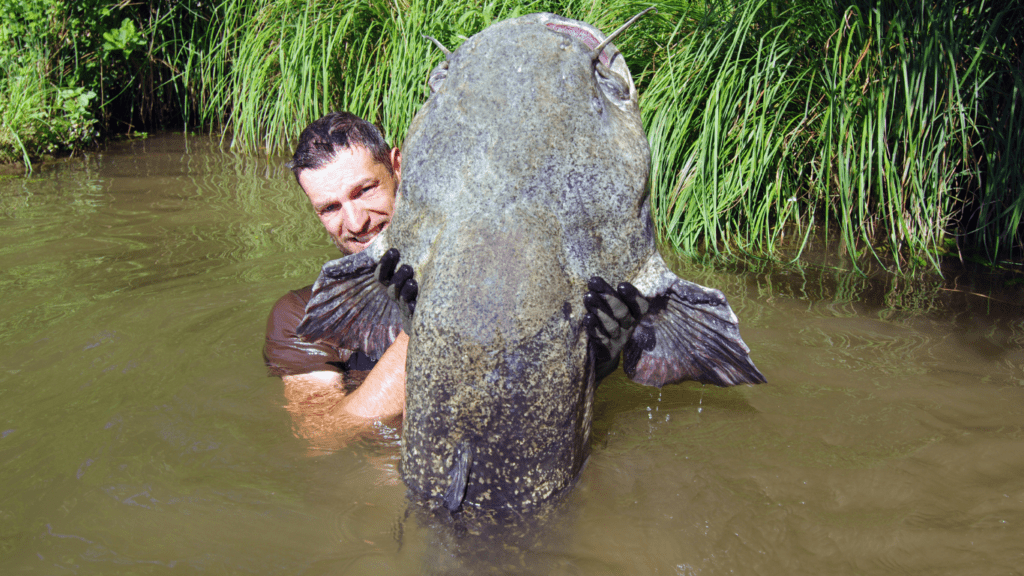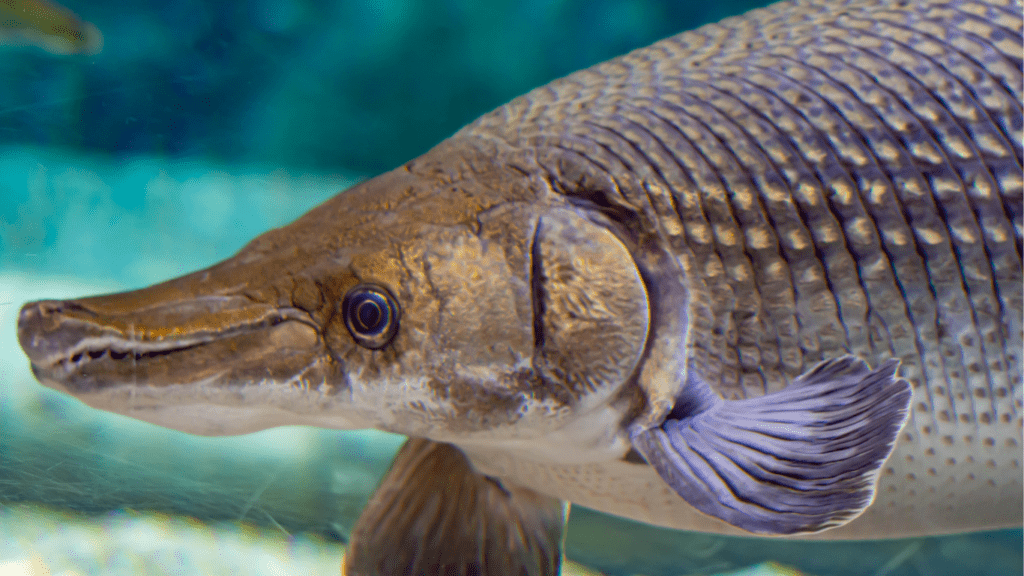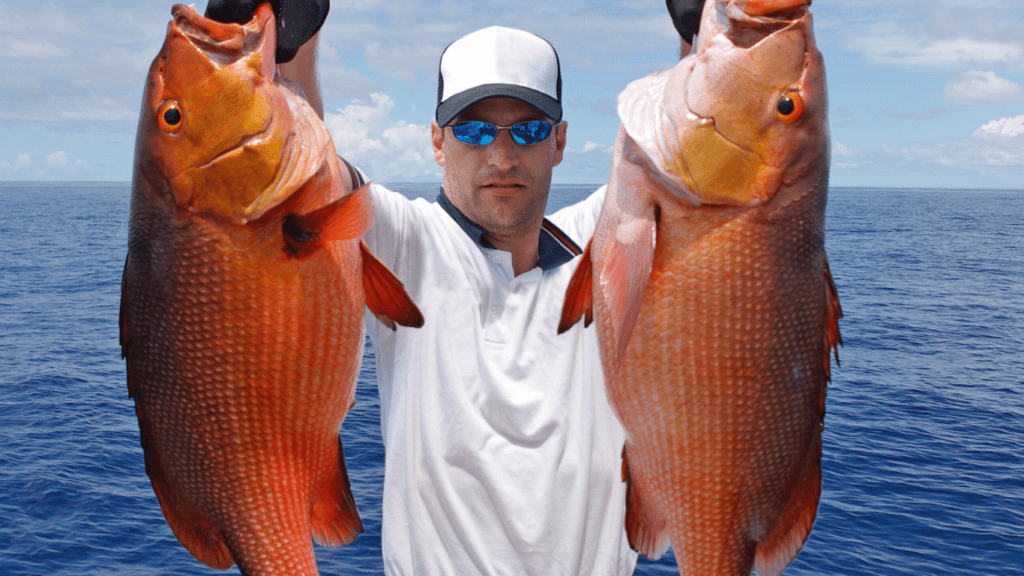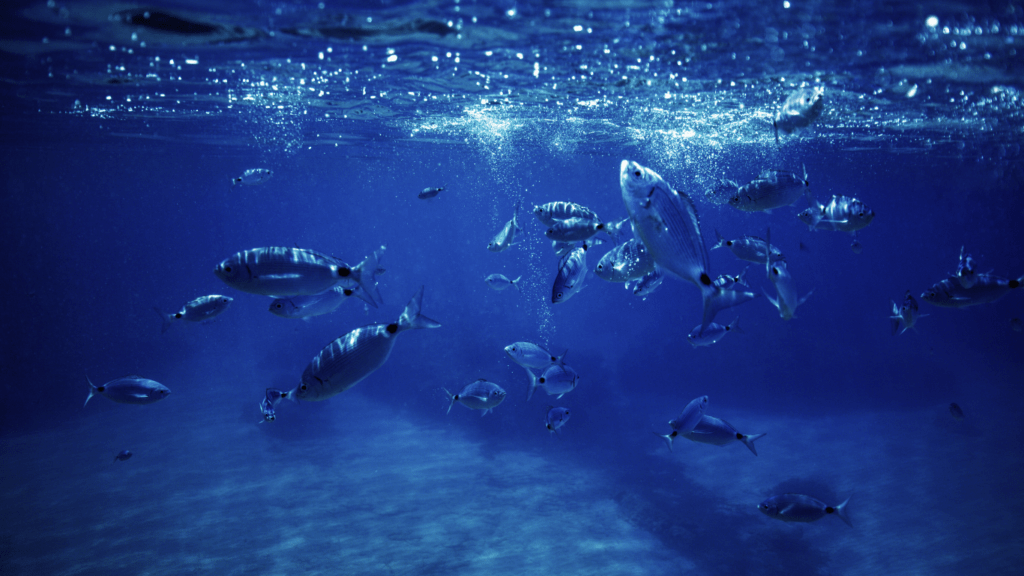Notable Catches By Region
Anglers around the world have landed astonishing record-breaking fish this year. Let’s look at the standout catches from different regions that have drawn global attention.
North America’s Massive Finds
North America has seen impressive catches in both freshwater and saltwater environments. An angler in Michigan landed a 44.8-pound muskellunge in Lake St. Clair, which is now the largest muskie recorded in the state. In Florida, a 156-pound tarpon was caught off the Gulf Coast, marking one of the heaviest specimens seen in the area this year. Canada also reported a 57-pound lake trout caught in Great Bear Lake, setting a new benchmark for the species.
Incredible Hauls From Europe
European waters produced several remarkable catches this year. In Italy, a catfish weighing 298 pounds was pulled from the Po River, eclipsing prior records. A 45-pound Atlantic salmon was caught in Norway’s Alta River, celebrated as one of the biggest caught using fly-fishing methods. In the UK, a 64-pound mirror carp caught in Essex became the highlight of the local angling community.
Asia’s Record-Smashing Catches
In Asia, anglers broke records with some of the year’s most extraordinary finds. In Thailand, an angler landed a 230-pound Mekong giant catfish in the Chao Phraya River, a monumental achievement. Japan reported an 83-pound yellowtail amberjack caught off the coast of Kyoto, surpassing regional records. Additionally, a 55-pound mahseer was landed on the Cauvery River in India, continuing the legacy of this iconic game fish.
Other Remarkable Global Contributions
Other regions have also contributed incredible catches in 2023. In Australia, a 171-pound blue marlin was hooked near the Great Barrier Reef. South America saw a staggering 310-pound arapaima reeled in from Brazil’s Amazon River. Off the coast of South Africa, a 205-pound yellowfin tuna enthralled the angling world.
Species That Set New Records
Record-breaking catches this year have showcased the diversity of aquatic life across the globe. These incredible feats highlight several species that reached extraordinary sizes, creating headlines among anglers and marine enthusiasts.
Enormous Tuna And Their Stories
Tuna species amazed anglers with remarkable records in 2023. A 728-pound Atlantic bluefin tuna, caught off the coast of Nova Scotia, demonstrated the strength and skill required for such an achievement. In the Pacific, a 606-pound yellowfin tuna reeled in off Baja California drew attention, proving the area’s reputation as a tuna hotspot. These catches aren’t just a testament to the fish’s size but also the persistence of anglers battling these titans of the ocean.
Giant Sharks Captured
Sharks dominated the list with their sheer mass and ferocity. An 850-pound mako shark was caught off Long Island, New York, sparking widespread interest. In Australian waters, an 1120-pound tiger shark stunned everyone, making it one of the year’s heaviest documented shark catches. These apex predators challenge even the most seasoned anglers, solidifying their place as record-setters.
Record-Breaking Freshwater Fish

Freshwater fish provided unique and surprising records globally. A 330-pound alligator gar caught in Texas boggled minds, marking a significant milestone for this iconic species. In Southeast Asia, a fisherman in Cambodia landed a massive 661-pound giant freshwater stingray, recognized as one of the world’s largest freshwater fish. These examples underscore the incredible biodiversity freshwater habitats contain.
Techniques And Gear Behind The Catches
Landing record-breaking fish requires:
- a fusion of skill
- strategy
- specialized tools
Anglers use advanced methods and gear tailored for their target species.
Innovative Fishing Methods
- Anglers employ cutting-edge techniques to improve success rates.
- Jigging with heavy-duty lures enables precision targeting at deeper depths. Kite fishing allows lines to remain above the water, making bait presentations more natural.
- Slow-pitch jigging, effective for battling deep-sea species, combines lighter gear with methodical movements to entice fish.
- Chumming attracts big game, dispersing bait in water to create feeding frenzies for pelagic species like tuna and marlin.
- Spearfishing has gained traction for targeting massive fish in shallow waters, requiring exceptional apnea skills and accuracy.
- n freshwater, trolling with sonar equipment helps pinpoint the exact location of elusive giants like alligator gar and catfish.
- Skilled use of these techniques results in many record-setting catches.
Essential Equipment For Big Game Fishing
Specialized gear enhances durability and performance during battles with massive fish. Heavy-duty rods with high-tensile strength withstand pressure from species exceeding 500 pounds. Reels with advanced drag systems maintain tension control and prevent line breakage during long fights. Braided fishing lines provide higher strength-to-diameter ratios, accommodating the fight with enormous fish like giant stingrays and tiger sharks.
For live bait setups, circle hooks reduce injury to the fish, increasing the chance of successful landing. Modern fish finders and GPS systems assist in identifying hotspots, maximizing efficiency. Gaffs with ergonomic grips allow safe handling of large fish, while fighting belts and harnesses distribute angler stress during extended fights. This combination of gear secures record-breaking captures across diverse aquatic environments.
Conservation Concerns And Ethical Practices
Balancing the thrill of record-breaking fishing with conservation is essential. Overfishing and habitat destruction threaten many game fish species, reducing biodiversity. For example, Atlantic bluefin tuna populations have declined significantly due to high demand and overharvesting. Proper management measures, such as catch limits and protected areas, help sustain these species.
Practicing ethical fishing promotes long-term ecological health. Catch-and-release methods minimize harm to fish populations if done correctly. Using barbless hooks, quick handling, and proper water release techniques reduces stress and injuries. For instance, anglers targeting freshwater giants like the alligator gar often employ these methods to ensure their survival.
Adhering to regulations supports sustainability. Many regions set strict guidelines on permissible catches, sizes, and seasons to preserve aquatic ecosystems. Compliance ensures that species like the Mekong giant catfish, listed as critically endangered, remain protected from extirpation in their native habitats.
Promoting awareness about conservation fosters responsible angling. Educating the community on protecting marine and freshwater biodiversity strengthens efforts to safeguard our aquatic resources. Anglers sharing their practices and collaborating with organizations amplify the impact of conservation initiatives globally.





